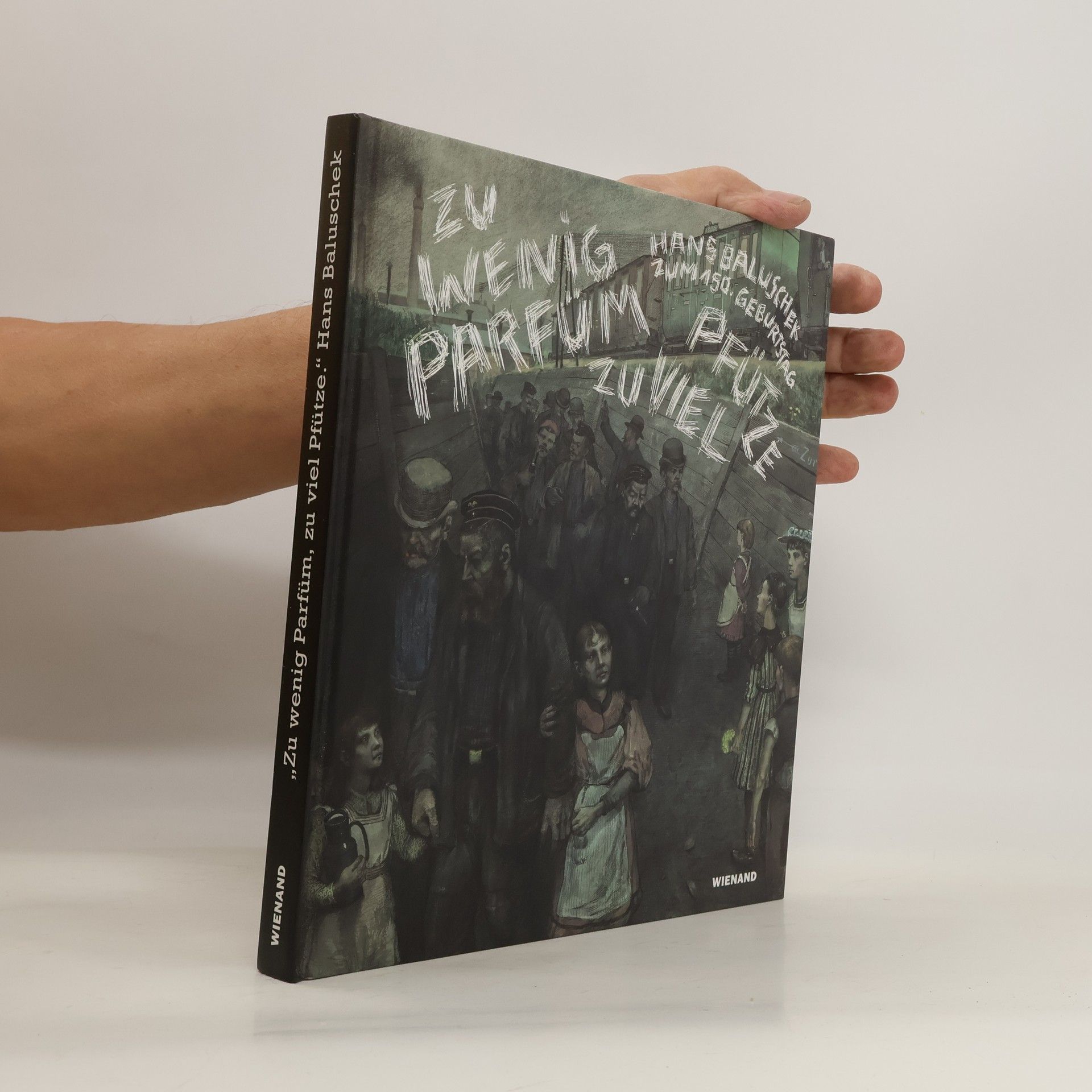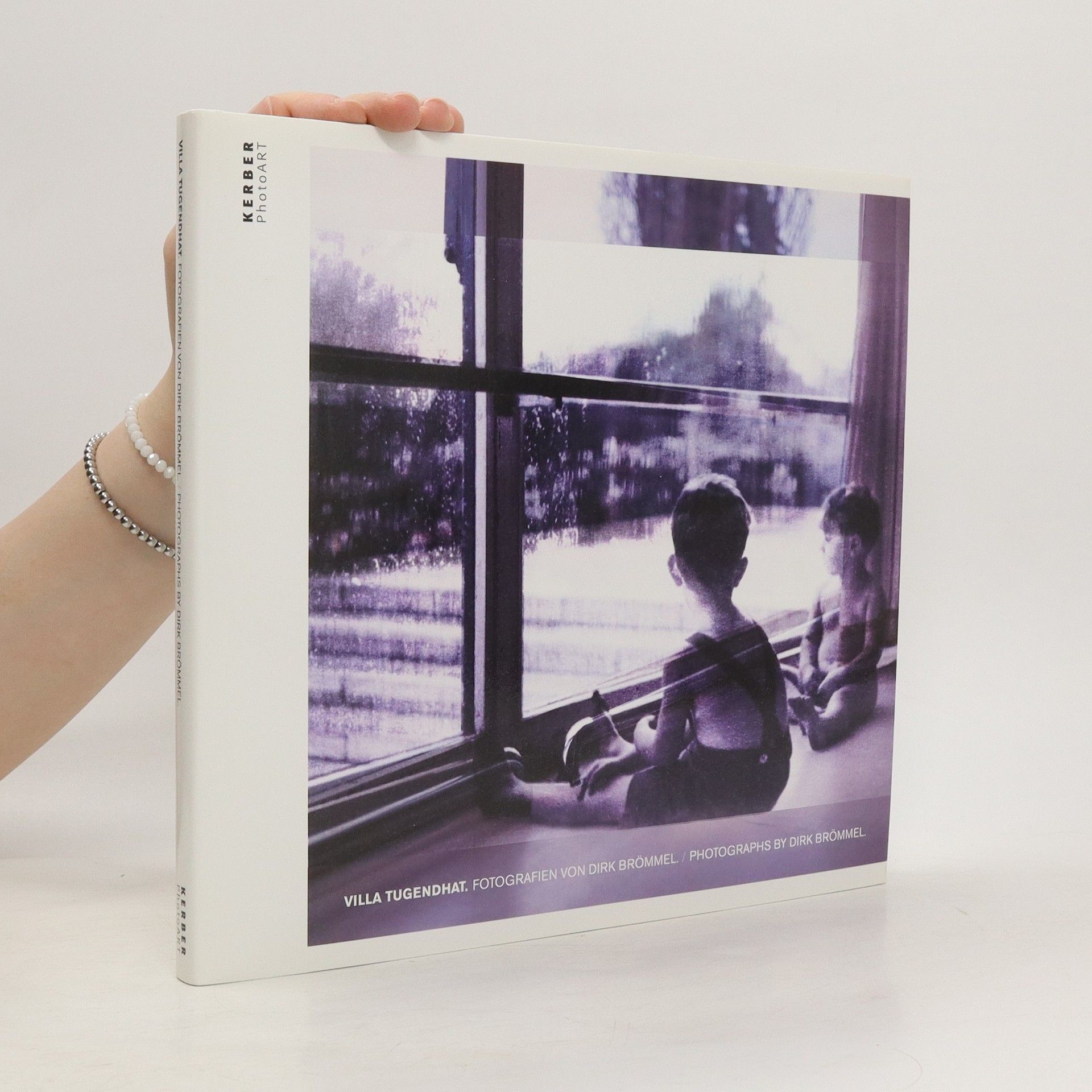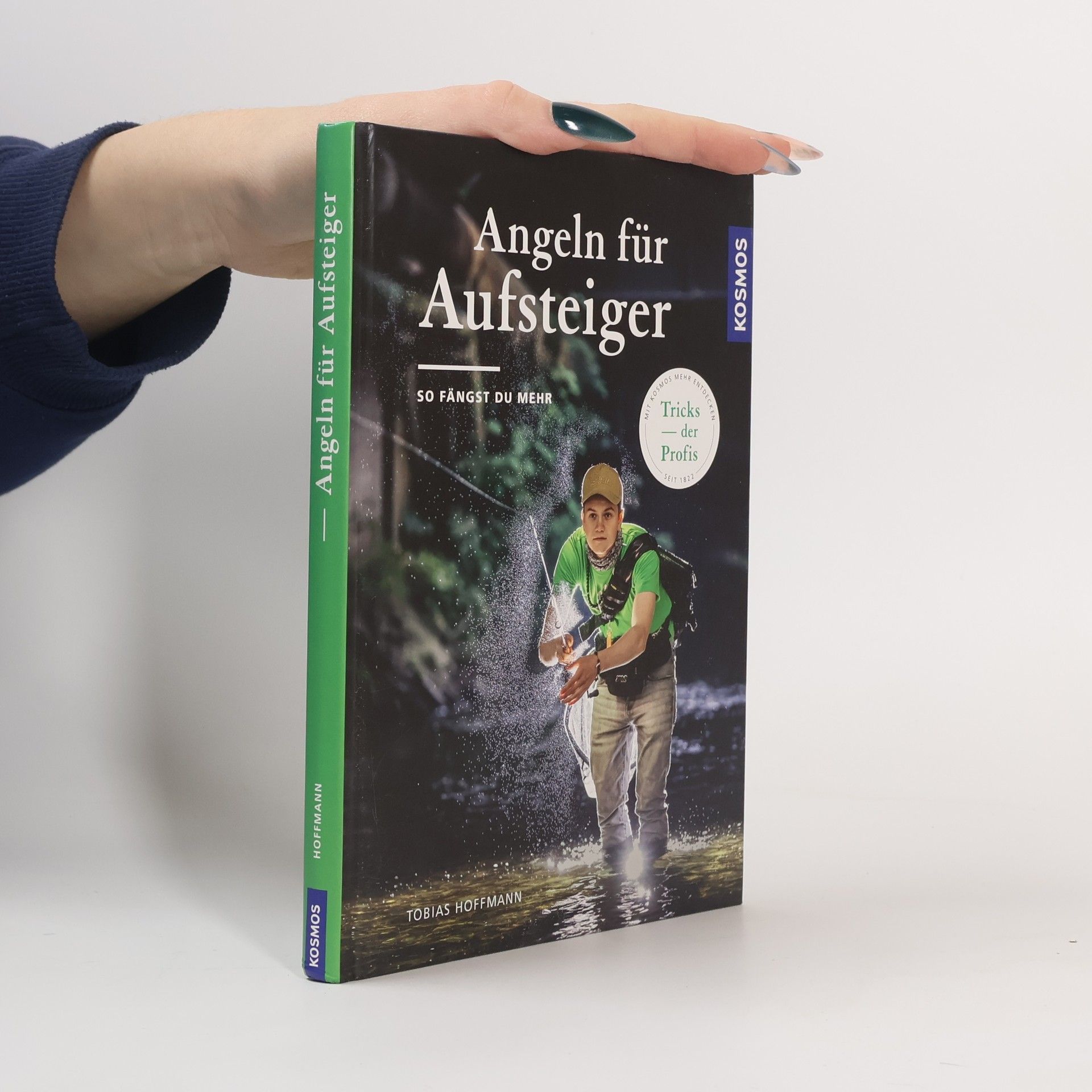"Konstruktivismus und geometrische Abstraktion zeigen sich nicht nur in der bildenden Kunst, sondern auch im Design der 1920er Jahre. Gemalte und gespritzte Dekore auf Kannen, Vasen und Tortenplatten machten die Avantgarde alltagstauglich – und sind bis heute begehrte Sammlerstücke. Die Kollektion von Fritz Zuschlag und Bodo Wieneke-Zuschlag verfolgt das Thema Abstraktion in der Kunst wie auch im angewandten Bereich. Figurative Positionen aus der Gruppe der Kölner Progressiven bis hin zur Neuen Sachlichkeit vermitteln darüber hinaus die Vielfalt einer überaus fruchtbaren Kunstepoche. Die Sammlung Zuschlag-Wieneke wird in diesem Band zum ersten Mal vorgestellt"-- Provided by publisher
Tobias Hoffmann Book order






- 2022
- 2022
This is the first book in English investigating the medieval debate about free will, one of the central themes in medieval philosophy. It sheds new light particularly on how medieval thinkers dealt with the most difficult test case for free will: the possibility of angels - i.e., ideal agents - choosing evil.
- 2022
Lucia Moholy. Das Bild der Moderne
Katalog zur Ausstellung im Bröhan Museum, Berlin 2022/2023
- 2021
Von der Kaffeemühle bis zur Hifi-Anlage, seit 100 Jahren gestaltet die Firma Braun Alltagsgegenstände, die das Industriedesign der Nachkriegszeit revolutionierten und Einzug in tausende Haushalte hielten ? bis heute. Als die Erben des Firmengründers Artur und Erwin Braun in den 1950er-Jahren bei Experten der Ulmer Designschule Rat suchten, legten sie den Grundstein für eine beispiellose Erfolgsgeschichte. Legendäre Entwürfe von u.a. Hans Gugelot und Dieter Rams bringen noch heute die Augen Designliebender zum Leuchten,sie wurden zu Meilensteinen des Produktdesigns. Ebenso wie die Gegenstände selbst, gehört dieses neue Standardwerk mit seiner spektakulären Bandbreite an Produkt- und Zeitgeschichte in jeden designinteressierten Haushalt.00Exhibition: Bröhan Museum, Berlin, Germany (17.03. - 04.07.2021)
- 2021
Die reich bebilderte Publikation zur Sammlung des Bröhan-Museums, das 1973 von dem Sammler und Unternehmer Karl H. Bröhan (1921-2000) gegründet wurde, gibt einen Überblick über die wichtigsten designhistorischen Strömungen zwischen 1890 und 1940. Vom französischen Art Nouveau und dem englischen Arts and Crafts Movement über den Jugendstil und die deutsche Werkstättenbewegung, die Wiener Moderne und den internationalen Art Déco bis zur funktionalistischen Gestaltung der 1930er-Jahre wird anhand von 100 Objekten oder Objektpaaren lebendige Kunst- und Sammlungsgeschichte vermittelt. Ein eigener Abschnitt ist den Künstlerinnen und Künstlern der Berliner Secession gewidmet. Ein Muss für Fans von Jugendstil, Art Déco und funktionalistischem Design!
- 2020
Zu wenig Parfüm, zu viel Pfütze. Hans Baluschek zum 150. Geburtstag
- 167 pages
- 6 hours of reading
Als scharfer Beobachter, brillanter Künstler und engagierter Chronist seiner Zeit konfrontierte der 1870 geborene Maler, Grafiker und Illustrator Hans Baluschek das Publikum mit realistischen, sozialkritischen Darstellungen des Berliner Lebens. Ihn interessierten die harschen Folgen der Industrialisierung, die Lebensumstände der Arbeiter, die geprägt waren von Armut, Hunger und Verwahrlosung. Von Kaiser Wilhelm II. als?Rinnsteinkünstler? diffamiert, fand Baluschek ab 1899 Anerkennung in den Ausstellungen der Berliner Secession, deren frühes Mitglied er war. Zum 150. Geburtstag des Künstlers zeigt dieser Band einen umfassenden Werksüberblick vor dem Hintergrund der Jahre von Kaiserreich und Weimarer Republik.00Exhibition: Bröhan Museum, Landesmuseum für Jugendstil, Art Deco und Funktionalismus, Berlin, Germany (26.03. - 27.09.2020).
- 2019
Ist Design Kunst? Wie weit folgt die Form der Funktion? Und soll die Gestaltung eher dem Handwerk oder der Industrie verpflichtet sein? Braucht die Moderne einen Stil? Elementare, einstmals revolutionäre Fragen, die unmittelbar mit dem Bauhaus in Verbindung gebracht werden und die die britische Arts and Crafts-Bewegung bereits 50 Jahre zuvor stellte. Von Arts and Crafts zum Bauhaus thematisiert die Vorgeschichte des Bauhauses und bindet es ein in die europaweite Entstehung der Moderne. Mit zahlreichen Abbildungen und interessanten Beiträgen werden die entscheidenden Schritte der Entwicklung von Arts and Crafts über die Glasgow School, den Wiener Jugendstil, den Deutschen Werkbund und die holländische Gruppe De Stijl bis zum Weimarer und Dessauer Bauhaus aufgezeigt. Is design art? To what extent does form follow function? Elementary and once revolutionary questions directly related to the Bauhaus and posed by the British Arts and Crafts movement fifty years prior. The present volume delves into the prehistory of the Bauhaus and integrates it into the European-wide emergence of modernism – from Arts and Crafts and the Glasgow School via the Jugendstil, the Deutscher Werkbund and De Stijl to the Bauhaus in Weimar and Dessau.
- 2018
- 2018
Dieter Hacker
Politische fotografieren (1974-1981)
- 2017
Der Landschaftsmalerei kam ab dem Ende des 19. Jahrhunderts eine wachsende Bedeutung zu. Um Landschaft und Natur direkt zu erfahren, verließen die Künstler, bepackt mit Staffelei, Leinwand und Pinseln, die Städte und malten ihre Gemälde unter freiem Himmel. Vermeintlich unspektakuläre Landschaften, scheinbar am Wegesrand gefundene Motive nahmen sie zum Anlass, den zarten Einfall des Sonnenlichts und Farbe in all ihren Nuancen zu zelebrieren. Diesen Perspektivwechsel haben in der Berliner Secession am konsequentesten Walter Leistikow und Karl Hagemeister vollzogen. Der vorliegende Ausstellungskatalog zeigt dies vorrangig anhand ihrer Werke aus dem Besitz des Bröhan-Museums: In stimmungsvollen Studien von Wellenspielen, fliegenden Wolkenschatten, flammenden Nadelwäldern oder windzerzausten Gräsern wird ihr meisterschaftliches Können anschaulich. Leistikow und Hagemeister entwickeln in ihren Bildern zugleich eine Malerei zwischen Impressionismus und Expressionismus, die zu diesem Zeitpunkt radikal modern ist und weit ins 20. Jahrhundert vorausweist.


